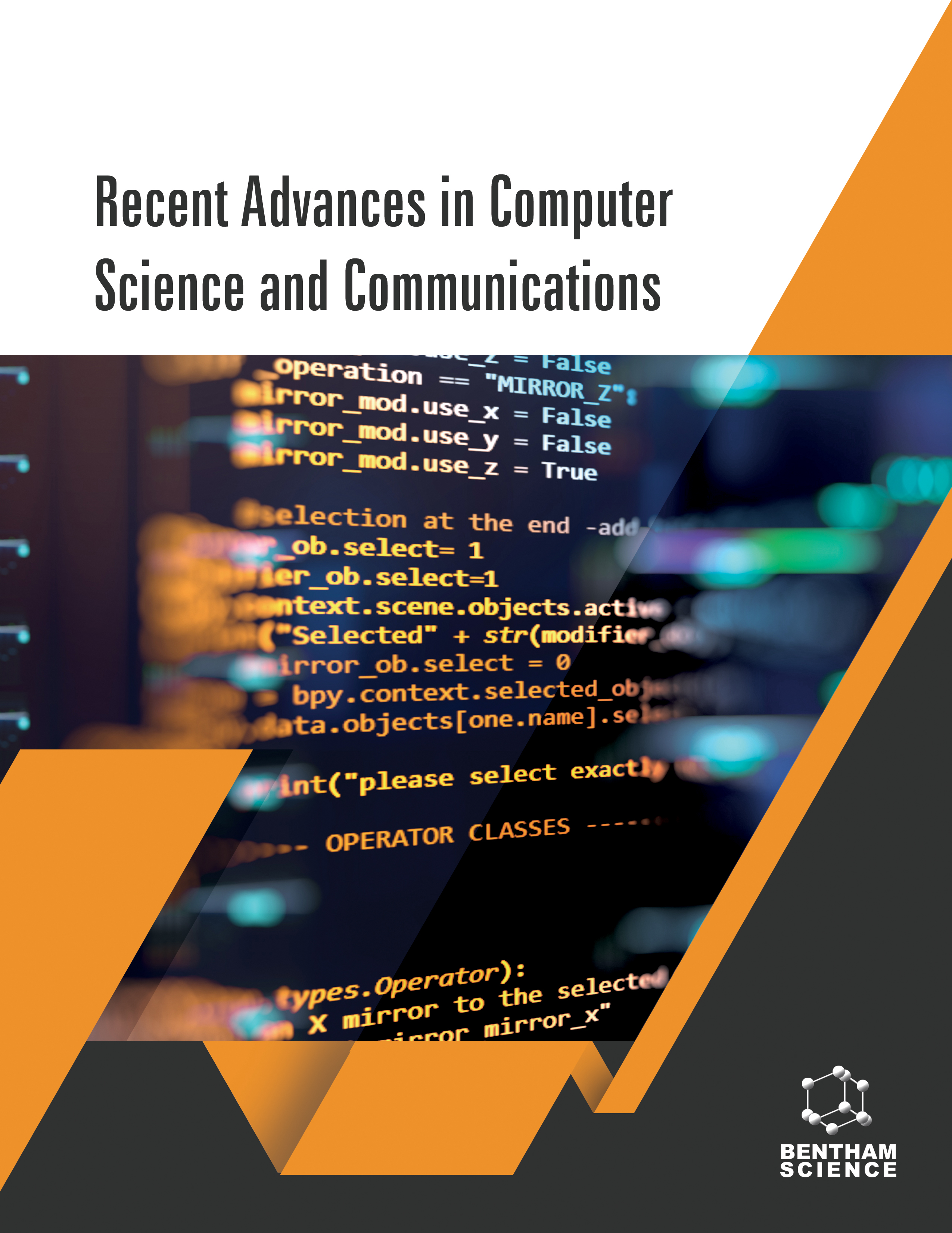- Home
- A-Z Publications
- Recent Advances in Computer Science and Communications
- Previous Issues
- Volume 16, Issue 7, 2023
Recent Advances in Computer Science and Communications - Volume 16, Issue 7, 2023
Volume 16, Issue 7, 2023
-
-
Threat of Adversarial Attacks within Deep Learning: Survey
More LessAuthors: Ata-us-Samad and Roshni SinghIn today’s era, Deep Learning has become the center of recent ascent in the field of artificial intelligence and its models. There are various Artificial Intelligence models that can be viewed as needing more strength for adversely defined information sources. It also leads to a high potential security concern in the adversarial paradigm; the DNN can also misclassify inputs that appear to expect in the result. DNN can solve co Read More
-
-
-
UCDM: A User-Centric Data Model in Power Blockchain
More LessAuthors: ZhiXing Lv, Hui Yu, Kai Kang, Teng C. Li and Guo Li DuBackground: As innovative information technology, blockchain has combined the advantages of decentralization, immutability, data provenance, and contract operation automatically, which can be used to solve the issues of single point failure, high trading cost, low effectiveness, and data potential risk in power trading. However, in the traditional power blockchain, the design of functional components in blockchain, such as Read More
-
-
-
An Exploratory Study on Code Smells during Code Review in OSS Projects: A Case Study on OpenStack and WikiMedia
More LessAuthors: Aziz Nanthaamornphong and Ekkarat BoonchiengObjective: Open-source software (OSS) has become an important choice for developing software applications, and its usage has exponentially increased in recent years. Although many OSS systems have shown high reliability in terms of their functionality, they often exhibit several quality issues. Since most developers focus primarily on meeting clients’ functional requirements within the appropriate deadlines, the outcome Read More
-
-
-
DeepFake Detection with Remote Heart Rate Estimation Using 3D Central Difference Convolution Attention Network
More LessObjective: As GAN-based deepfakes have become increasingly mature and realistic, the demand for effective deepfake detectors has become essential. We are inspired by the fact that normal pulse rhythms present in real-face video can be decreased or even completely interrupted in a deepfake video; thus, we have introduced a new deepfake detection approach based on remote heart rate estimation using the 3D Cent Read More
-
-
-
Image Generation Method Based on Improved Generative Adversarial Network
More LessBackground: The image generation model based on generative adversarial network (GAN) has achieved remarkable achievements. However, traditional GAN has the disadvantage of unstable training, which affects the quality of the generated image. Objective: This method is to solve the GAN image generation problems of poor image quality, single image category, and slow model convergence. Methods: An improved im Read More
-
-
-
Review on Applicability and Utilization of Blockchain Technology in Ubiquitous Computing
More LessAuthors: Ramander Singh, Rajesh Kumar Tyagi, Anil Kumar Mishra and Umakant ChoudhuryIn typical Internet of Things (IoT) networks, data is sent from sensors to fog devices and then onto a central cloud server. One single point of failure, a slowdown in the flow of data, identification, security, connection, privacy concerns caused by a third party managing cloud servers, and the difficulty of frequently updating the firmware on millions of smart devices from both a maintenance and a security point of view are Read More
-
-
-
PUPC-GANs: A Novel Image Conversion Model using Modified CycleGANs in Healthcare
More LessAuthors: Shweta Taneja, Bhawna Suri, Aman Kumar, Ashish Chowdhry, Harsh Kumar and Kautuk DwivediIntroduction: Magnetic Resonance Imaging (MRI) and Computed Tomography (CT) both have their areas of specialty in the medical imaging world. MRI is considered to be a safer modality as it exploits the magnetic properties of the hydrogen nucleus. Whereas a CT scan uses multiple X-rays, which is known to contribute to carcinogenesis and is associated with affecting the patient's health. Methods: In scenarios, such as radiat Read More
-
-
-
Selection of Digital Watermarking Techniques for Medical Image Security by Using the Fuzzy Analytical Hierarchy Process
More LessAuthors: Masood Ahmad, Mohd Nadeem, Mohd Islam, Saquib Ali, Alka Agrawal and Raees Ahmad KhanBackground: The watermarking technique is a security algorithm for medical images and the patient's information. Watermarking is used for maintaining the robustness, integrity, confidentiality, authentication, and complexity of medical images. Objective: The selection of medical image watermarking technique is multi-criteria decisionmaking and an automatic way of algorithm selection for security and privacy. However, Read More
-
-
-
Improved Two Stage Generative Adversarial Networks for Adversarial Example Generation with Real Exposure
More LessAuthors: Priyanka Goyal and Deepesh SinghIntroduction: Deep neural networks due to their linear nature are sensitive to adversarial examples. They can easily be broken just by a small disturbance to the input data. Some of the existing methods to perform these kinds of attacks are pixel-level perturbation and spatial transformation of images. Method: These methods generate adversarial examples that can be fed to the network for wrong predictions. Read More
-
Most Read This Month
Article
content/journals/rascs
Journal
10
5
false
en


